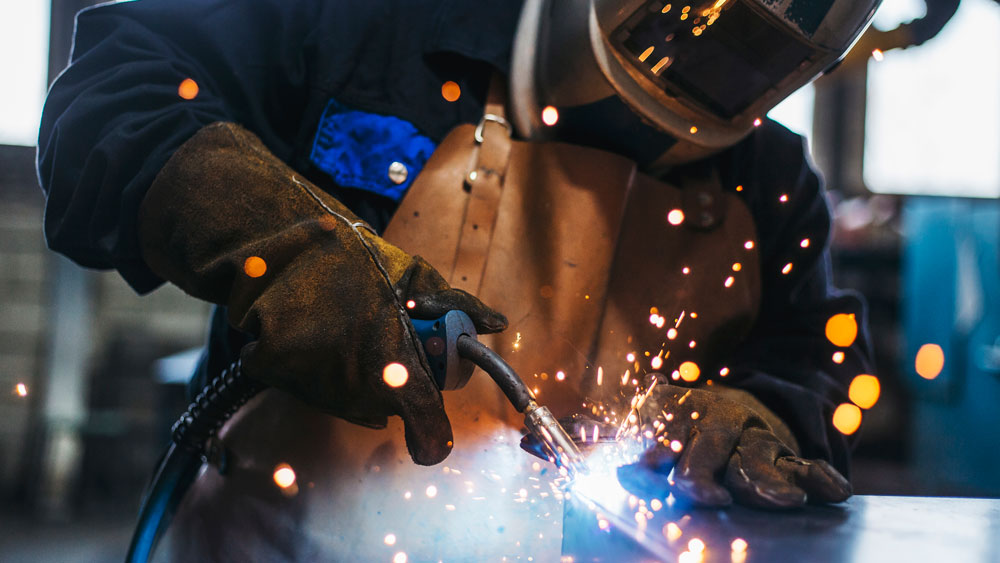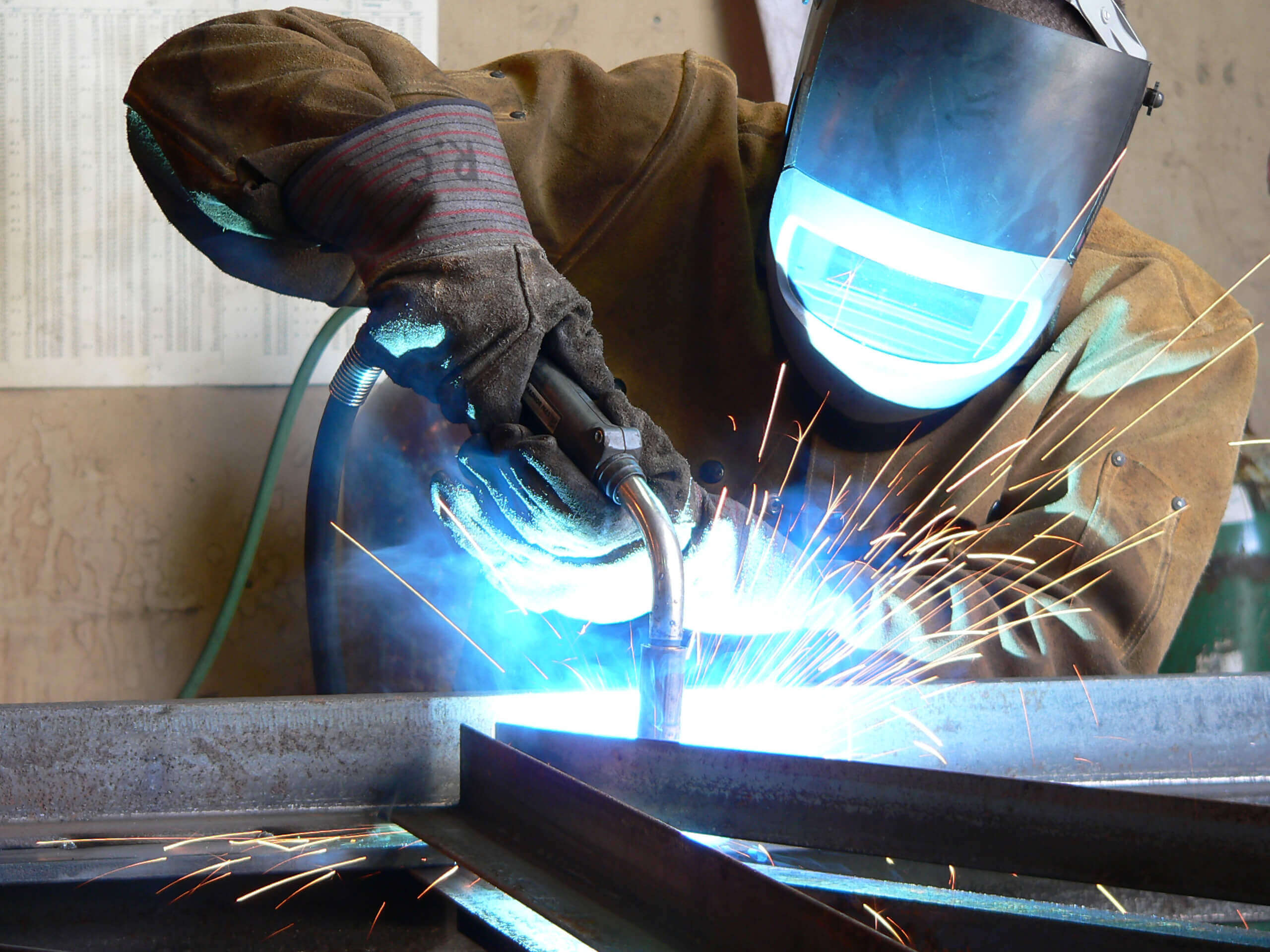The Importance of Controlling Welding Gas


We all know that welding gases play a crucial role in MIG/MAG and TIG welding. They are critical to a successful weld. They provide many benefits including protecting the weld area from exposure to atmospheric contamination and stabilising the arc. In this article, we cover why it’s important to control welding gas flow rate, and the best way to optimise and economise welding gas consumption. Remember - you can have too much of a good thing ...!
Contaminants in the weld zone negatively impact weld quality in several ways: nitrogen, for example, can reduce ductility and impact strength in steel; while excess oxygen can cause lack of fusion defects and inclusions and moisture can cause porosity. Weld process gases prevent these welding defects occurring. The correct choice of welding gas for a given application is crucial for consistent quality welds. 1
It is widely understood that there must be a minimal flow rate to ensure adequate protection, however, there is a common misconception that using more gas is always better.
There is an optimal welding gas flow rate to achieve quality welds. This actual flow rate depends on several parameters including weld configuration, position, current, polarity and gas composition. Operating with an excessive gas flow rate can cause turbulence to occur at the base of the welding gas nozzle. Turbulence means air gets sucked into the flow of welding gas. This can result in the appearance of porosity, inclusions, and spatter – all the issues that welding gas is meant to prevent in the first place!
Using more gas than is required to achieve a quality weld increases costs. Monitoring welding gas consumption and eliminating waste by establishing flow rate controls is an excellent way of optimising and economising your welding operation.
Using excessive welding gas not only impacts the quality and profitability of welding operations. In some rare cases it can lead to serious safety risks. Welding apprentice Dillon Wu tragically died as a result of believed argon asphyxiation in a confined space.2 Controlling and monitoring welding gas flow rates and ensuring adequate ventilation is crucial in any environment where welding is taking place, particularly in confined spaces. This is, of course, in addition to the mandatory requirement for local exhaust ventilation as well as steps to ensure compliance with all other health and safety requirements.
Our qualified welding specialists are available to conduct a no-cost end to end review of your welding operations, including current gas usage and flow rates, and perform a detailed analysis to determine sources of excess welding gas use. They can advise on how best to minimise gas use, whether you’re supplied by pipeline, packs, or traditional cylinders and implement recommendations.
Gas consumption savings as high as 65% are not uncommon. To find out more about our Gastrak® service or for advice on any other aspect of your welding operations, get in touch to request a free welding specialist review today.
1. Handbook - Shielding Gases. Available at: https://www.esabna.com/euweb/mig_handbook/592mig4_1.htm. (Accessed: 12th May 2020)
2. Killed in the line of work duties: we need to fix dangerous loopholes in health and safety laws. Available at: https://theconversation.com/killed-in-the-line-of-work-duties-we-need-to-fix-dangerous-loopholes-in-health-and-safety-laws-107355. (Accessed: 12th May 2020)
3. Air Products Gastrak service. Available at: http://www.airproducts.co.uk/Microsites/gastrak.aspx. (Accessed: 12th May 2020)

An industry leading comprehensive guide to gas shielded arc welding and oxy-fuel cutting.